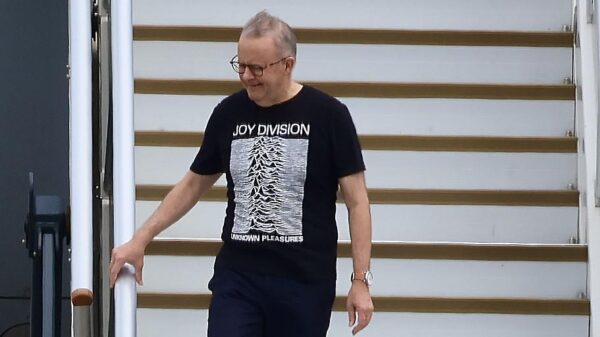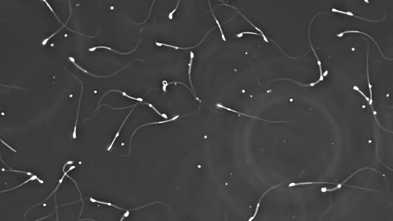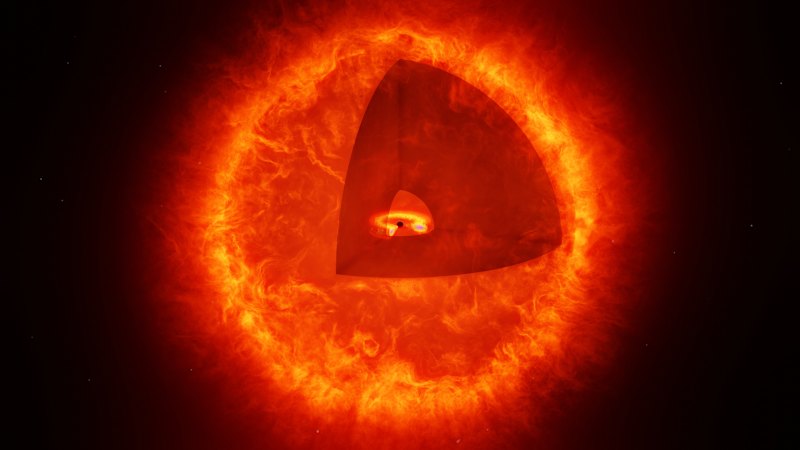BREAKING: Astronomers have made a groundbreaking discovery with the identification of a new type of cosmic object: black-hole stars. Using the James Webb Space Telescope, researchers have observed dense red dots in the universe that challenge existing models of cosmology. This revelation marks a significant shift in our understanding of the cosmos.
Just six months after its launch in 2022, the Webb telescope began revealing these mysterious objects. Initial observations by Swinburne University’s Ivo Labbe unveiled a multitude of these small, powerful infrared sources, now dubbed “little red dots.” The findings have sparked intense excitement and debate among astronomers worldwide.
Dr. Rebecca Davies from Swinburne University emphasized the importance of this discovery: “Finding a genuinely new type of stellar object is rare. We never imagined something like little red dots existed.” These objects, characterized by their surrounding envelopes of turbulent gas, represent a novel category of celestial phenomena.
The Webb telescope, designed to capture infrared wavelengths, has provided unprecedented insights into the universe’s earliest moments. Unlike its predecessor, the Hubble Space Telescope, which focuses on visible light, Webb’s infrared capabilities allow it to penetrate the expanding spacetime that stretches light from distant galaxies. This capability is vital for exploring the universe’s history.
The emergence of black-hole stars challenges established theories and raises crucial questions about our understanding of the universe. “Is our knowledge of cosmology broken?” Dr. Davies questioned, underscoring the urgency for further investigation.
As researchers continue to analyze these findings, the implications for our understanding of stellar evolution and cosmic structure are profound. The astronomical community is abuzz with anticipation about what these discoveries could mean for future research and exploration.
The latest discussions among astronomers are focused on the characteristics and origins of these black-hole stars. How do they form? What role do they play in the cosmic landscape? These questions will drive research in the coming months.
WHAT’S NEXT: Astronomers will conduct extensive studies to validate these findings and explore the nature of black-hole stars. The global scientific community is closely watching as new data emerges from ongoing observations.
This thrilling discovery not only reshapes our understanding of the universe but also ignites the curiosity of the public and encourages further interest in space exploration. Stay tuned for more updates as this story develops.

































































